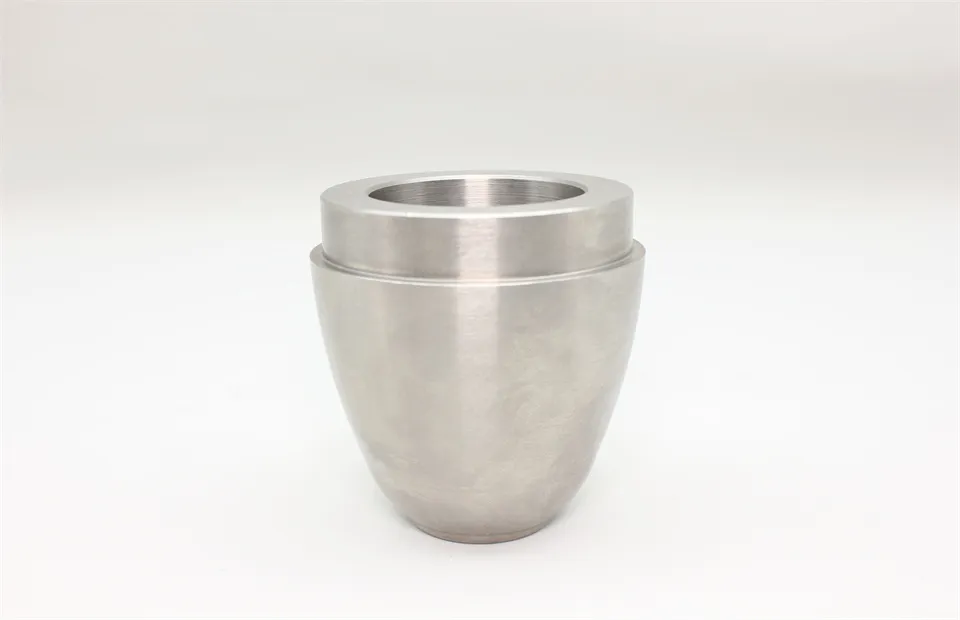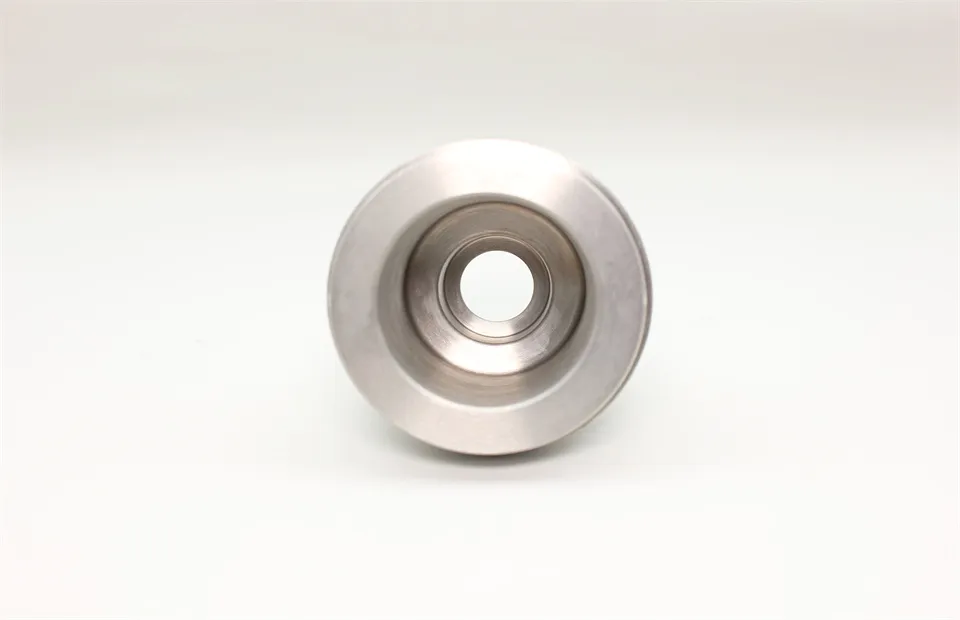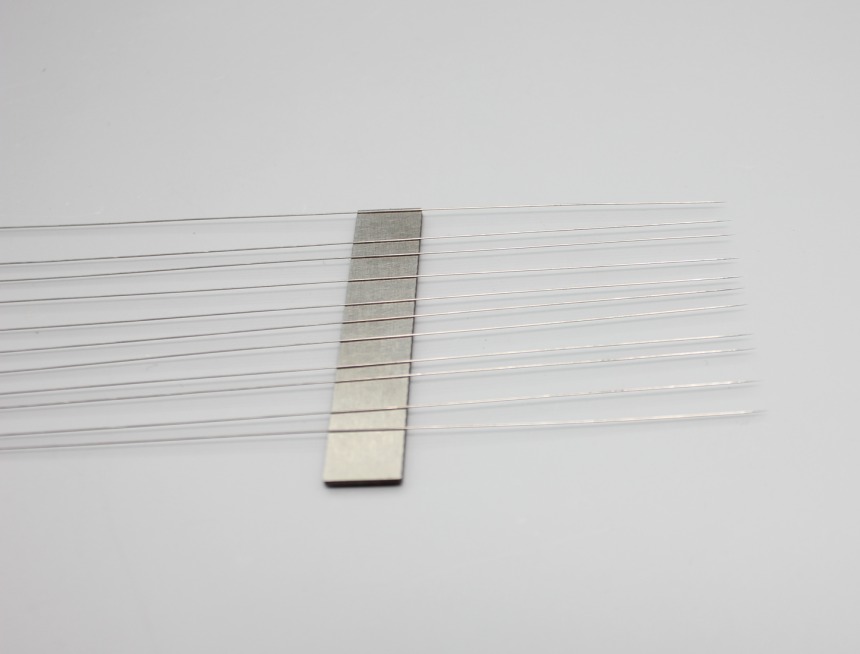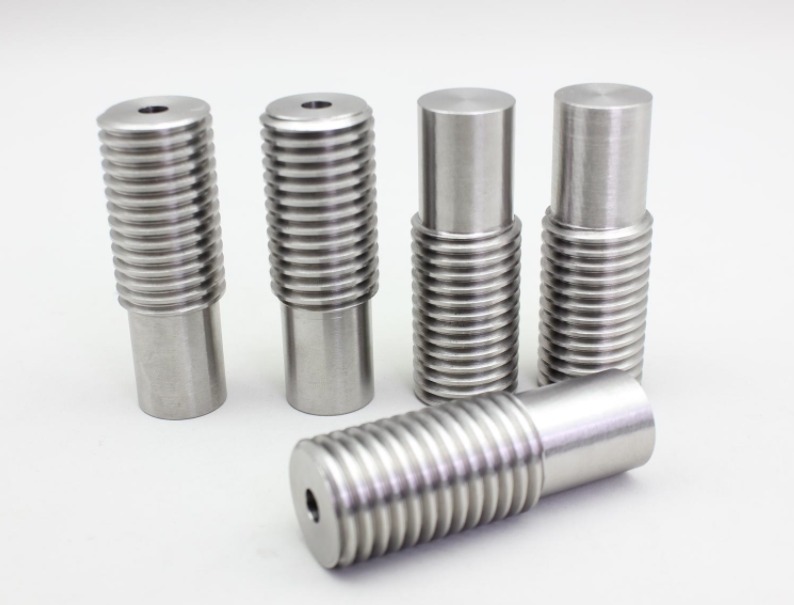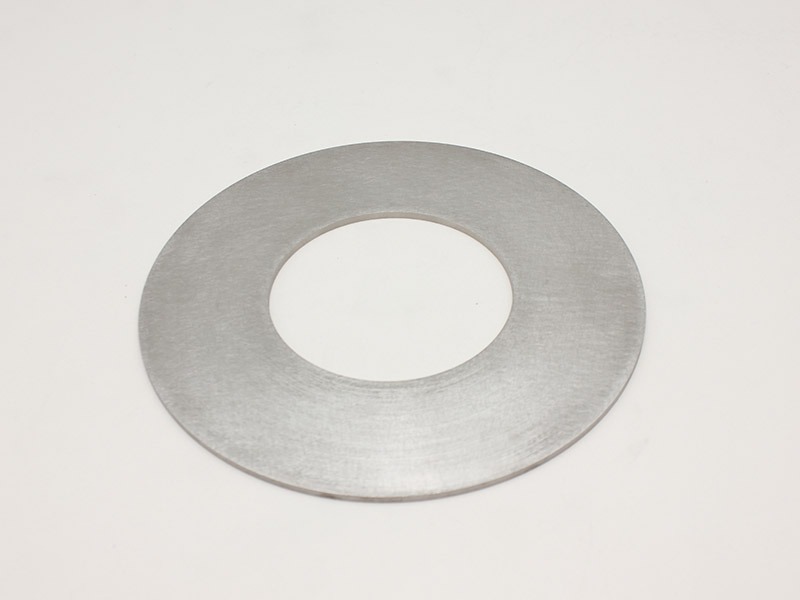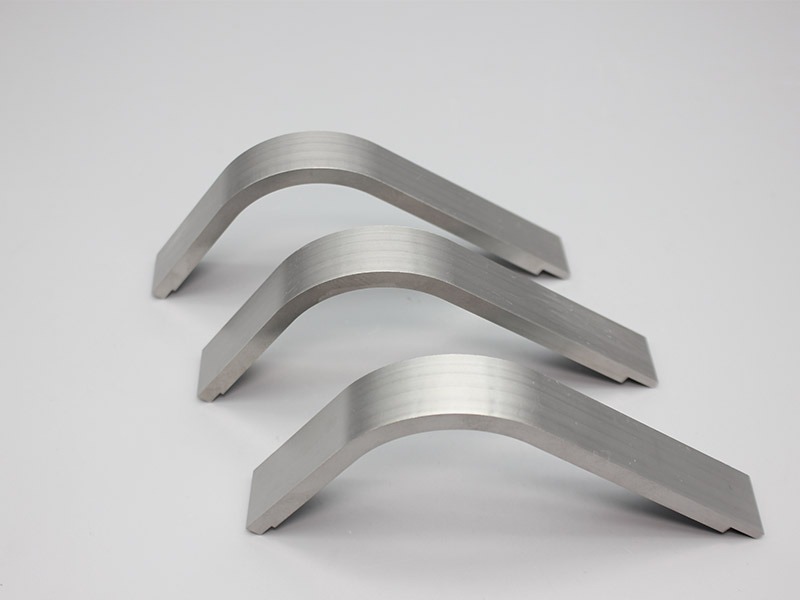Tungsten Alloys for Industry Use| W+Ni, Fe, Cu
| Payment Type: | T/T,Alipay,Western union etc. |
| Incoterm: | FOB,CIF,EXW,FCA,Express Delivery |
| Min. Order: | 2PCS |
| Transportation: | Ocean,Air,Express |
Attributes
Model No.: JDTG-CM-020
Brand: ZZJD
Place Of Origin: China
Size: Custom-made
Material: Tungsten
Density: 16.5~18.5g/cm³
Lead Time: 30days
Application: Industry
PACKAGING & DELIVERY
Selling Units : Pcs/Kilogram
Package Type : Standard export packing
DESCRIPTION
Tungsten alloys are metal alloys that contain tungsten as the primary alloying element, often combined with other metals to enhance specific properties such as strength, hardness, density, and thermal conductivity. Tungsten alloys have a variety of applications due to their unique characteristics.
Common Types of Tungsten Alloys
1.Heavy Tungsten Alloys: These alloys typically consist of around 90-97% tungsten with the remainder being nickel-iron or nickel-copper binders. They are valued for their high density (about 17-18.6 g/cm³), which is close to that of lead but without the toxicity. Applications include counterweights, vibration dampeners, armor-piercing projectiles, and radiation shielding.
2.High-Strength Tungsten Alloys: These alloys usually contain small amounts of other elements like cobalt, iron, or nickel to improve mechanical strength and toughness. They are used in high-stress environments such as in cutting tools, drill bits, and wear-resistant parts.
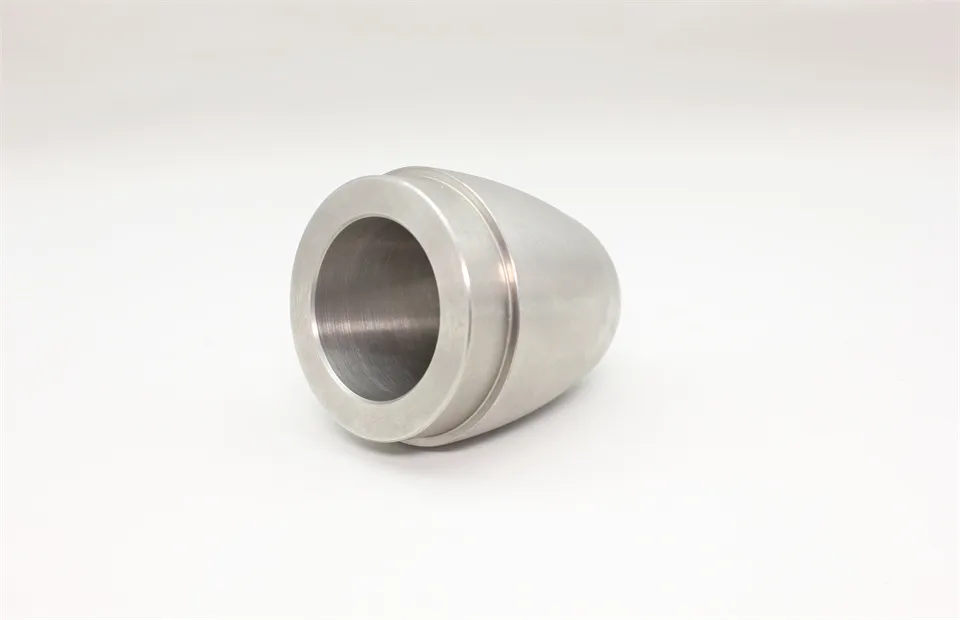
3.Tungsten Copper Alloys: These are binary alloys consisting of tungsten and copper. The composition can vary widely, but common ratios are around 70:30 to 90:10 tungsten to copper. They combine the high melting point of tungsten with the good electrical and thermal conductivity of copper. Applications include electrical contacts, circuit breakers, and heat sinks.
4.Tungsten Nickel Iron Alloys: These alloys include additional iron to the nickel-iron binder system found in heavy tungsten alloys. They are chosen for their improved machinability compared to pure tungsten alloys, making them suitable for machining into complex shapes.
Properties and Applications
-Density: Tungsten alloys are extremely dense, making them ideal for applications requiring significant mass in a compact form.
-Strength and Hardness: High-strength tungsten alloys offer excellent mechanical properties, particularly in high-temperature applications.
-Thermal Conductivity: Tungsten copper alloys are particularly noted for their high thermal conductivity, making them useful in heat-sink applications.
-Electrical Conductivity: Tungsten copper alloys also possess good electrical conductivity, useful in electrical components.
-Radiation Shielding: Due to their density and atomic structure, some tungsten alloys are used for shielding against X-rays and gamma rays.
Manufacturing Processes
Tungsten alloys can be manufactured using various processes including powder metallurgy, casting, and sintering. Powder metallurgy is particularly favored for its ability to produce materials with consistent properties and complex shapes.
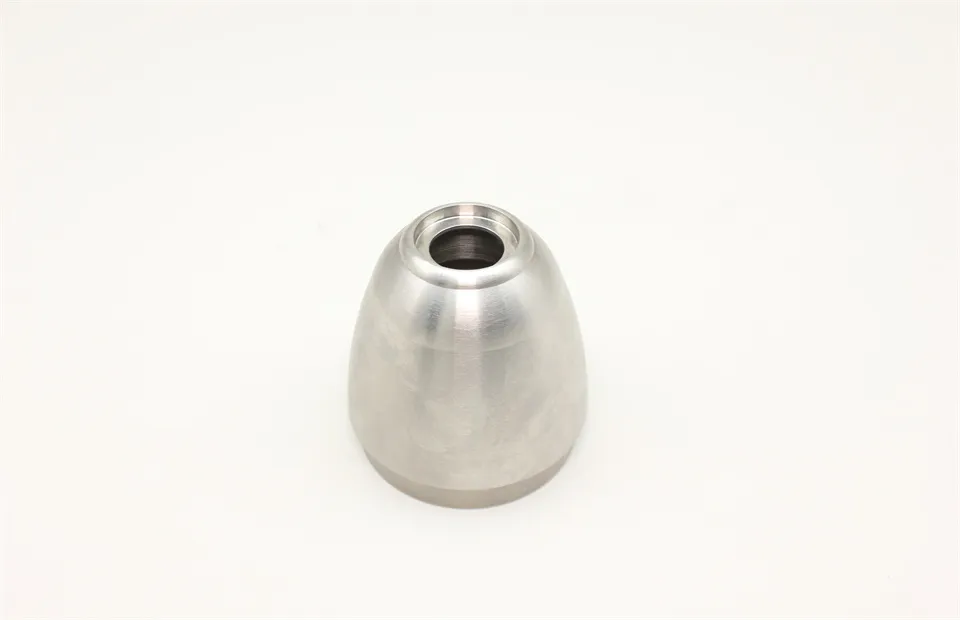
Environmental Considerations
While tungsten itself is relatively abundant and non-toxic, the mining and processing of tungsten can have environmental impacts. Recycling of tungsten alloys is increasingly important to mitigate these effects and ensure sustainable use of resources.
Tungsten alloys are versatile materials with a wide range of applications across industries from aerospace and automotive to electronics and defense. Their unique combination of properties makes them indispensable in many advanced technological applications.

 EN
EN AR
AR FR
FR DE
DE HI
HI IT
IT JA
JA KO
KO PT
PT RU
RU ES
ES ID
ID LV
LV VI
VI HU
HU MS
MS GA
GA BE
BE YI
YI EU
EU